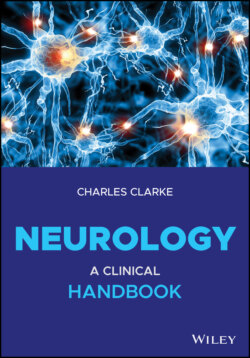Читать книгу Neurology - Charles H. Clarke - Страница 23
Stigma
ОглавлениеDisease burden includes psychological, social, employment and legislative aspects. Some are rational, for example driving restrictions in epilepsy or stroke.
Stigma and discrimination deserve mention:
enacted stigma – discrimination experience for example ‘does he (the man in the wheelchair) take sugar?’
felt stigma – discrimination fear
self‐stigma – shame/withdrawal – response to discrimination perceived.
Complex interactions construct a stigma theory – to explain potential dangers people represent, either to others or to themselves. Whilst many no longer believe in witchcraft, in life after death, in the power of prayer or of the devil, some still do, and there remains a view that someone with a condition such as epilepsy, mental sub‐normality or schizophrenia is in some way to blame.
Epilepsy is one example. To be regarded as epileptic can be more devastating than having an occasional blackout. Such beliefs are not restricted to poor societies. In Europe, with epilepsy, over 50% feel stigmatised. In the United States in some states until the 1950s, people with epilepsy were prohibited from marrying and could be sterilised; until the 1970s they could be excluded from restaurants and theatres.
Headache is another: people with headaches feel stigmatised at work. There is the well‐known male attitude to women with headaches and menstrual discomfort.
Doctors and health professional should be aware, not only of such prejudices, but also of their own attitudes.
